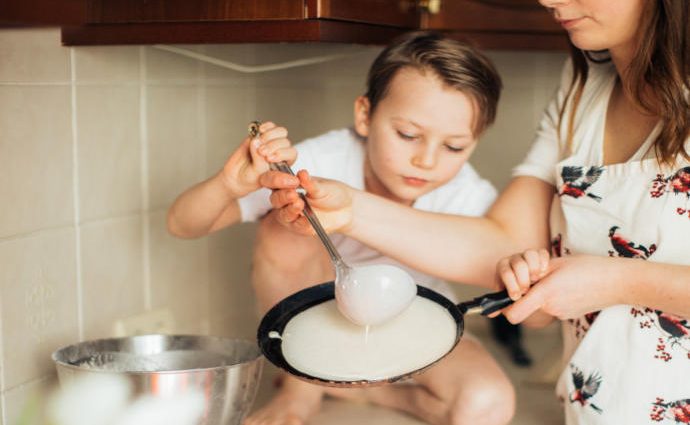Burns are one of the most common injuries suffered by Australians and one of the top causes of death in children under four. While survival rates for burns patients have improved substantially, treating paediatric burns remains challenging, especially with the rise of multi-drug resistant bacteria.
Now, new technology from the University of South Australia could revolutionise burns treatments in children by using stimuli-responsive dressings that safely reduce infection and stimulate healing.
This research builds on the recent publications by the research team in Acta Biomaterialia and Biomedicines journals describing antimicrobial efficacy of ultra-small silver nanoparticles against wound biofilms.
The advanced silver nanoparticle hydrogel-coated dressing developed by a research team at UniSA’s Future Industries Institute (Dr Zlatko Kopecki, Professor Allison Cowin and Professor Krasimir Vasilev) will deliver an ‘on demand’ release of ultra-small silver nanoparticles that can safely break down antibiotic-resistant bacteria and promote wound repair.
The treatment innovation lies in a delivery system that responds to changes in pH and temperature, activating only when infection is present.
Lead researcher, UniSA’s Dr Zlatko Kopecki, says the novel treatment could significantly change the clinical management of burn infections.
“Wound infection and sepsis are daily problems for children with burn injuries,” Dr Kopecki says.
“Silver-based wound care products can inhibit the growth of bacteria, but they can also cause toxicity when they deliver too much silver to wounds.
“Our treatment is unique in that it capitalises on the anti-bacterial properties of silver, but avoids over-exposure, by only activating when infection in present.
“These advanced, ‘on demand’ silver nanoparticle dressings will regulate inflammation while promoting tissue regeneration, making this a much safer and effective treatment for children.”
UniSA’s Professor Vasilev says the new technology will be a gamechanger for burns management.
“Currently there are no responsive wound dressings on the market,” Prof Vasilev says. “This collaborative effort will enable the utilisation of smart materials to the benefit of patients and clinicians.”
In Australia, approximately 50,000 burns-related hospital admissions are recorded per year, with young children particularly at risk. Scald burns (65 per cent) or flame burns (20 per cent) are the most common burn-related injuries for children aged four years and under.
Nearly 75 per cent of all scalding burns are preventable.
Research partners Dr Bernard Carney and Dr Andrew May, of the Burns Unit of the Women’s and Children’s Hospital (WCH), are working in partnership with UniSA to better understand pathogens present in child burns and develop targeted therapy approach.
“Every year, the WCH’s Burns Unit treats around 600 children suffering from burns, with scalds making up a significant proportion of these injuries,” Dr May says.
Also read: COVID vaccine for children 5 to 11 years soon
“Most commonly these incidents happen at home. Children under five are most at risk because they like to mimic adult behaviour, which means that hot drinks, taps, and saucepans are all big danger zones.
“Despite modern advances in burns surgery, infection remains a big challenge for these vulnerable children and so topical silver treatments are used widely to combat this.
“We are pleased to be collaborating with the great minds at UniSA in bringing new silver treatments to give children the greatest opportunity to recover from burns and live their best lives.”
Main causes of burn injuries to children aged 0-5 years
- 65% – scalds burnscaused by hot liquid or steam, such as hot drinks and bath water.
- 22%– contact burns from touching a hot object or surface such as heaters and ovens.
- 5% – friction burnscaused by the skin rubbing against a surface (for example, treadmills).
- 4%– flame burns caused by contact with an open flame or explosion.
- 1% – chemical burnsfrom exposure to a chemical substance, either on the skin or swallowed (for example, ingestion of drain cleaner).
1% – radiation burns caused by exposure to excess of the sun’s ultraviolet rays.
(https://www.kidsafesa.com.au/burns-and-scalds/)
Similar Posts by The Author:
- BAPS temple vandalism critic Canadian MP Chandra Arya on Pannu’s radar
- Dutton asks Albanese to sack Andrew Giles
- Victorian Liberals and Nationals demand Royal Commission into CFMEU misconduct under Labor
- Peter Khalil welcomes more funding for emergency accommodation and support for women and children in Wills
- Dogged Vic government powering ahead with the Suburban Rail Loop

